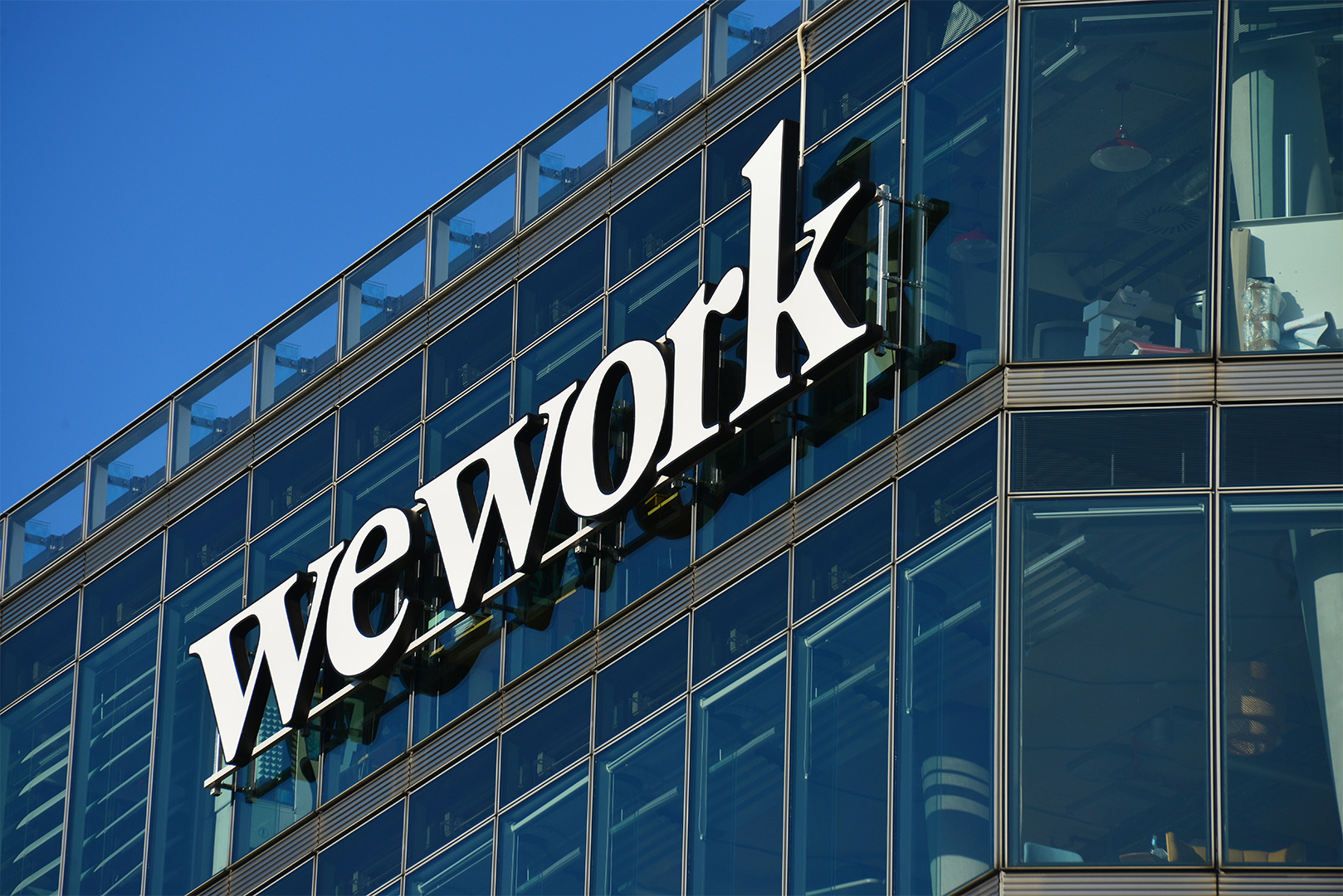
When WeWork saw its IPO bid come to an abrupt halt in 2019, the company was forced to take a hard look in the mirror. Now it’s made a second attempt to go public. It recently began trading via a special-purpose acquisition company (SPAC).
The company looks a bit different than it did in 2019. It has reduced its number of office-share locations, downsized its staff, redesigned its office spaces, and replaced former CEO and co-founder Adam Neumann with new leadership. Expectations regarding the company’s valuation have meanwhile also shrunk – the current expected valuation, including debt, is $9 billion, well below the previously estimated $47 billion.
While those may seem like drastic downward revisions, the changes were necessary, says Maryland Smith’s David Kass.
“I think the market is more optimistic about WeWork’s outlook. They’re certainly a company that people are already familiar with and its changes have made it more favorably viewed by the marketplace,” says Kass, clinical professor of finance at the University of Maryland’s Robert H. Smith School of Business. “Their business model was once of questionable profitability, but I think their chances of success are much better.”
As with all SPACs, which are said to serve as so-called blank check companies, the risks are apparent. Payoffs and incentives are biased in favor of the initial promoters, says Kass, sometimes at the expense of public investors. SPACs also lack certain regulatory oversight compared to traditional IPOs and face little to no penalties for being too optimistic about their financial potential.
Where SPACs draw an appeal is through their ability to bring companies to the market quickly. However, share prices for listed SPACs have fallen this year with many assets trading below their debut prices. But for WeWork, there is still a pathway to success in the market, says Kass.
“In general, my recommendation is that one should be very cautious when investing in a SPAC,” says Kass. “In this case, though, you have a known business and service, as well as a reasonable understanding of the business model and projections for future profitability. There may be a good chance that this could work out well for all concerned.”
What’s working in WeWork’s favor, Kass says, is the current state of the workforce. Work from home practices and quarantine policies over the last year accelerated changes to the company’s cost structure. And as those restrictions are lifted, the company will be better positioned to carry out its function.
“As the world recovers from COVID-19, there'll be greater demand for office space. More people will return to the office over time. Maybe not as many who were there originally, but there will be many people who will choose to be located at the office or who will be required to as part of their employment,” says Kass. “Overall, I think the outlook for WeWork is good.”
Media Contact
Greg Muraski
Media Relations Manager
301-405-5283
301-892-0973 Mobile
gmuraski@umd.edu
Get Smith Brain Trust Delivered To Your Inbox Every Week
Business moves fast in the 21st century. Stay one step ahead with bite-sized business insights from the Smith School's world-class faculty.